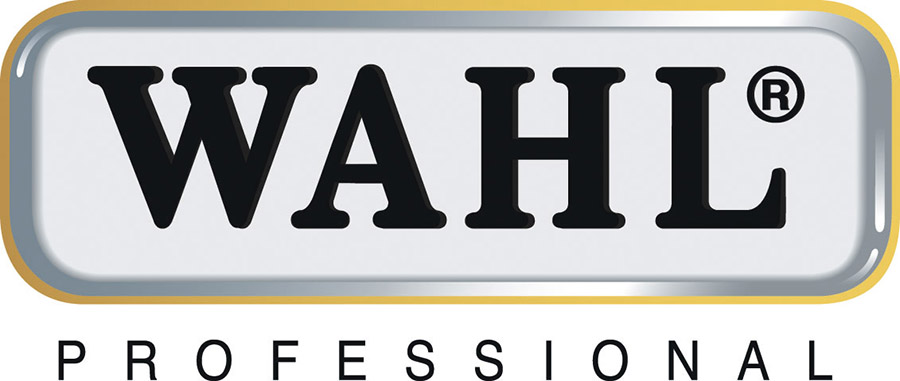Clipping Difficult Horses
Unfortunately not all horses are easy to clip. Weather it is because they have had an unpleasant experience in the past or because they are unsure of the sound or feel of the clippers. The good news is that with training, most horses can learn to relax during the process and then many of them realize that clipping feels really good. Many equine professionals have different methods for helping a horse to overcome fears. My philosophy is that there is an approach that will work for just about every horse. It just takes time, patience and experimenting to figure out what the approach is for your horse. Almost all horses can be clipped without restraints or sedatives but the learning process may be longer for some than others.
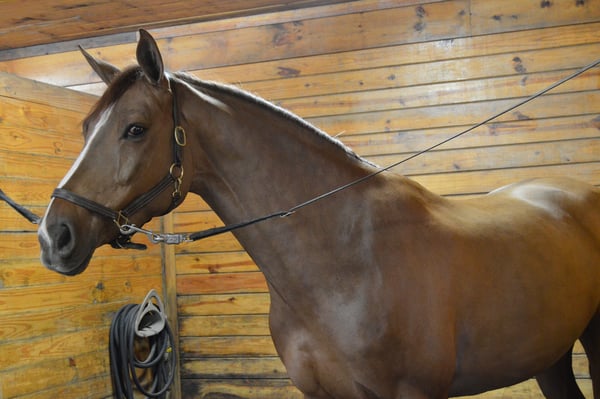
Figure 1 This mare was very difficult for her ears. After a few sessions she allowed her ears to be clipped. The session following she said "no way"! This is not a step in the wrong direction. She just needs more time.
The most important thing to have in mind is not only the safety of the horse, the person clipping and any other handler that may be present. This is where you must listen to your horse. Read its body language. An upset or frightened horse may evade you by kicking, biting, striking or rearing. Or they may be frozen to the ground, afraid to move. Pay attention to the horse’s eye. Does it look soft and relaxed or is it wide and afraid? Is the horse freely interacting with you, relaxed, chewing, taking deep breaths; these are all positive signs. If they start to tell you they’ve had enough…quit. People always talk about ending on a “good note”, but that “good note” needs to be determined by the horse. Often times a bad experience comes from someone just pushing things too far.
I always assume I am dealing with fear or discomfort when clipping a difficult horse. Horses are so accepting and eager to please that I have a hard time believing that any of them are just “bad”. Understanding how a horse learns is an essential part to understanding how to help them through an uncomfortable situation. Check out the article in Thehorse.com for a good overview of associative and non-associative learning in horses. https://thehorse.com/17155/thinking-like-a-horse/
So how do I deal with a difficult horse? Always be sure that your clippers and blades are in working order so that you are not inadvertently causing any discomfort. Also, make sure your blades are always flat against the horse and be gentle! There is no reason to dig in or press hard! Try to identify what it is that the horse is afraid of. It could be the sound of the clippers; maybe he doesn’t like the feel of the clippers on his legs, ears or belly. This can be a bit confusing sometimes. I often have people say, “you can’t clip my mares ears”, but when I show up I have no trouble with it at all. I don’t really have any special skills so what’s the trick? I pay attention to the horse and what it is telling me. Once I’ve identified the actual problem, I search for a solution.
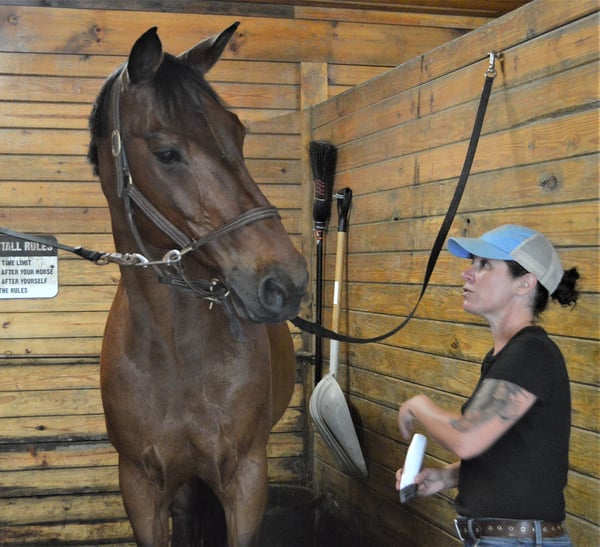
Figure 2 Listen to what your horse is telling you! They are trying to convey a message!
Many horses have an aversion to their ears being clipped. I often have to start with those horses by simply teaching them to give their heads to pressure while the clippers are running. If I apply pressure by gently pulling on the halter in a downward direction, the horse should lower its head. The reward for even the slightest positive reaction is for me to immediately let up on the pressure. Once I have better control of the head and neck, I can move on to looking for an approach that will work for the individual. A lot of times, just raising my hand with the clippers running will set the horse to panic. So, I start there. I raise my arm with the clippers on but do not touch the ear. As soon as the horse relaxes and gives to slight halter pressure, I put my hand back down. Then I do it again, and again, and again… Usually it doesn’t take long before the horse is no longer upset by the clippers being raised up near the ears, sometimes it takes a few sessions. Regardless of what or where the issue is the first step is being able to keep the horse relaxed so that you can get into position to actually clip it. Once you can safely get yourself into a good position, it is time to quietly and gently experiment.
Perhaps a mare does not like her belly touched. Can I rub her belly with my hand? Can I rub her belly with the back of the clippers? Can I slowly make my way towards the part that bothers her? Maybe I need to position myself differently? Just keep asking questions and reward immediately when you get even the smallest positive answer. If I have gotten a half of an inch further than before and the mare has stood quietly, I remove the clippers, give her a treat or scratch and then start from a comfortable place again. It might help to tap the mare on the back or shoulder to help to distract her. Perhaps she just needs some hay in front of her. Just keep experimenting, immediately rewarding positive behavior and staying patient through negative behavior.
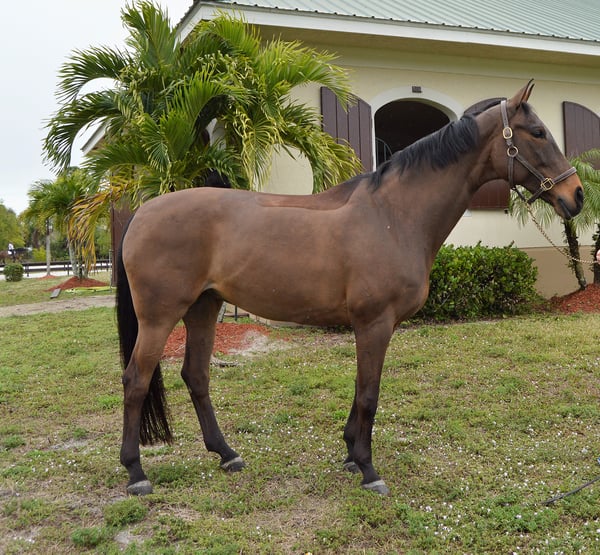
Figure 3 This is one of my favorite horses to work with. She really struggles having her belly clipped. With much time and experimenting, we have worked out a good system that keeps her happy and me safe.
It is so important to really pay attention to your horse’s body language, as it is incredibly easy to teach him the exact opposite of what you are attempting to teach. I treat it like a puzzle that needs to be solved and you can almost always solve it so don’t give up! I have one young gelding that I have been clipping for 4 years now and I could not get anywhere near his ears. This isn’t a big deal, as his owner doesn’t need his ears clipped but I want to be able to get right to the base to leave a nice smooth line. In addition I was struggling to get his mane line correct because every time I got within a few inches of his ears he would evade. One morning I was clipping him and trying to solve the puzzle of his ears when one of his caretakers walked by and started scratching his withers and talking to him. Done! Clipped both sides right up to the base! It was so easy that I was tempted to continue and clip the outside of his ears as well but I ended on that ever sought after “good note”.
One of the mistakes that many people make is that they wait until they are headed to an event before trying to clip the horse. Work with your horse ahead of time so you know what kind of a reaction you are going to get. This allows extra time for training so that when the event comes you are able to clip the horse easily. Even if you never plan to clip your horse, it is still a good idea to make him accustomed to being clipped. Many scenarios can arise that require clipping for medical reasons and a horse that has learned to stand for the clippers will be much happier and easier to handle.

Figure 4 Many older horses have Cushings Disease and so grow excessive hair. They may need to be regularly clipped. This is a lot easier on them and you if they were taught as young horses to stand quietly for clipping.
Patience really is the most important factor. Your horse likely needs guidance not discipline.
As always, feel free to contact me with any questions or comments. Instagram: @equine_detailing
Erin Gaul
Equine Detailing




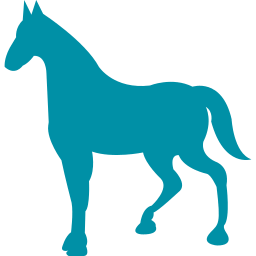 Equine
Equine